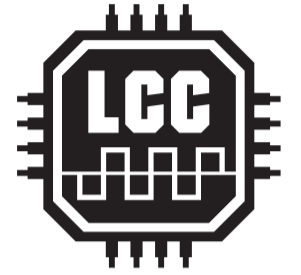Layout Command Control (LCC) Concepts
Summary: Explaining the various concepts that make up LCC
This page is related to Layout Command Control.
Layout Command Control
Producer
A device which has the ability to Produce an Event
Consumer
A device with can respond to, or Consume an Event. It could be a turnout or an indicator lamp.
Some consumers, such as a signal mast, may also be producers. An event telling it to change aspect may result in the signal logic producing a message to update a control panel to show the aspect.
A signal head may also consist of multiple consumers. This will result in a lot of traffic, and was employed by C/MRI. A simpler method is to use an event to tell the signal logic (an aspect driver) what to do.
Event
A message indicating something has happened, or will/should happen.
- There can be multiple Producers creating an Event, as well as multiple Consumers reacting to it.
An event could be used to change one signal or turnout, or multiple devices to create a route and properly signal it. External logic is still needed (such as hardware or JMRI) to produce the event. It is also possible to have a completely independent signalling system which makes decisions based on the events, and issues new events to control movement of trains.
Node
A NODE is a hardware device which you install to do something. Think of it like a DCC booster or Decoder.
Configuration Description Information
All configuration information, values and user names reside permanently in the nodes. There is no need to synchronize them externally or move files around. This information is stored in the node as a CDI file. The CDI is in xml format, but because it references internal register locations it is not advisable to attempt making any changes manually.
CDI editing is available through JMRI. Other tools exist as well.
